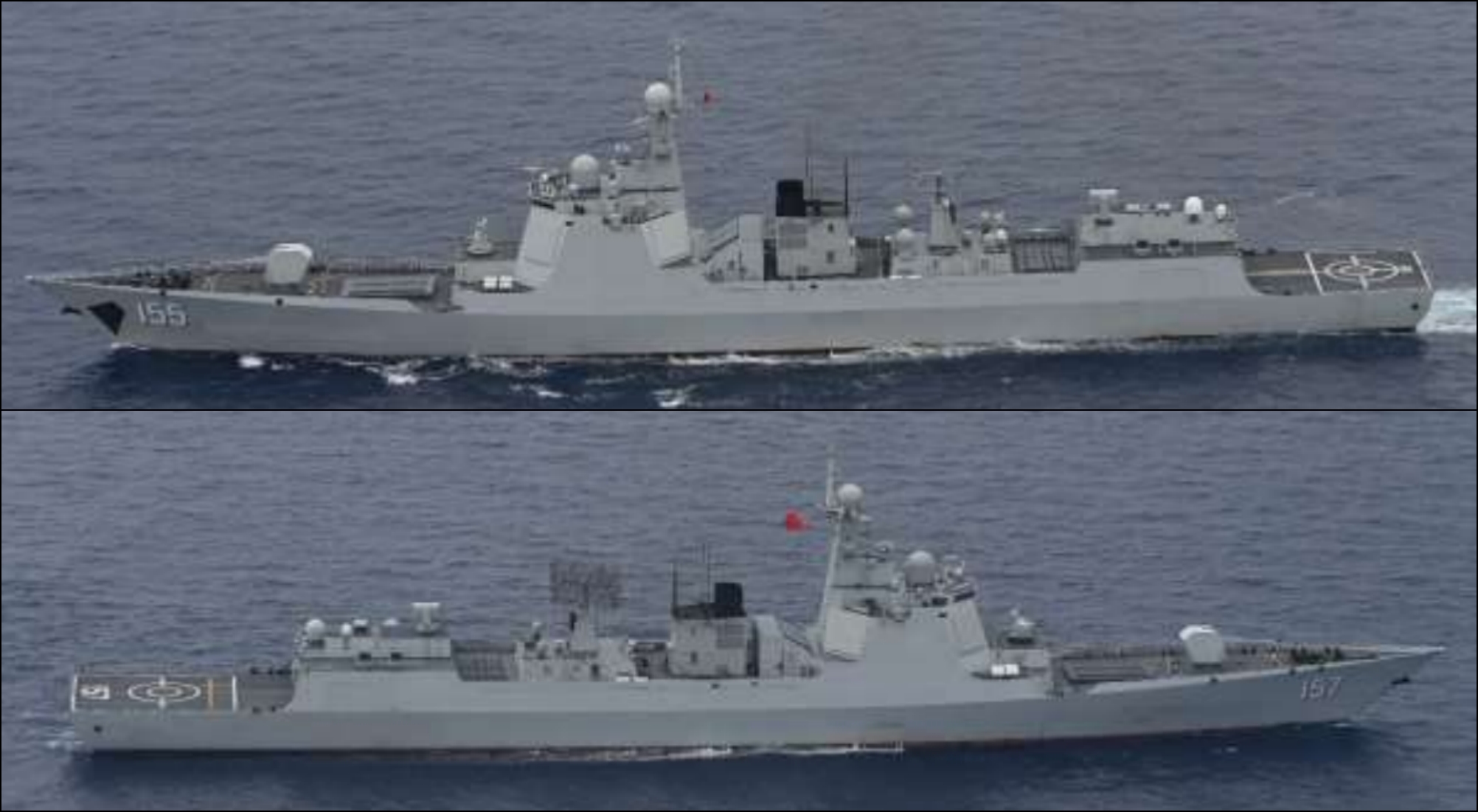Over the past week, two Chinese warships have made significant moves around Japan’s southwestern islands, marking another step in Beijing’s growing naval presence beyond its coastal waters.
On Thursday, Japan’s Defense Ministry’s Joint Staff Office reported that Chinese vessels were spotted in Japan’s exclusive economic zone (EEZ) in both the East China Sea and the Philippine Sea. This zone extends 200 nautical miles from Japan’s territorial waters.
The Chinese destroyers, Nanjing and Lishui, made their way through the “Yongaguni Gap” on August 2, transitioning from the East China Sea to the Philippine Sea. This narrow channel, measuring 67 miles, lies between Taiwan and Japan’s Yonaguni Island.
As the westernmost point of Japan, Yonaguni has become strategically vital amid rising tensions in the Taiwan Strait. The Chinese military frequently showcases aircraft and ships in the area, often passing through the Yonaguni Gap.
Prior to this movement, the Chinese destroyers were seen 43 miles off the coast of the Senkaku Islands, also known as the Diaoyu Islands in China. Although these uninhabited islands are administered by Tokyo, China claims sovereignty over them.
The Type 052D destroyer is a key asset in the Chinese navy, weighing in with a full load displacement of 7,500 tons and equipped with a main gun and an array of missiles.
On Wednesday, the Nanjing and Lishui were tracked again by Japan’s Maritime Self-Defense Force as they traveled between Amami Oshima and Yokoate-jima before heading back to the East China Sea after six days of operations in the Philippine Sea.

Japan’s Joint Staff Office
The Yonaguni, Amami Oshima, and Yokoate-jima islands are part of the Ryukyu Islands, which serve as a maritime boundary between the East China Sea and the Philippine Sea, categorized within the first island chain.
Japan, alongside its ally the United States, has been striving to curb Chinese naval expansion within this first island chain. However, China has successfully extended its naval operations beyond this zone, recently including the deployment of a carrier strike group in the Philippine Sea.
According to a U.S. Defense Department report last year, China’s navy, currently the largest in the world with over 370 vessels, has started conducting military exercises in the exclusive economic zones of other nations, including those of the U.S., Australia, and Japan.
